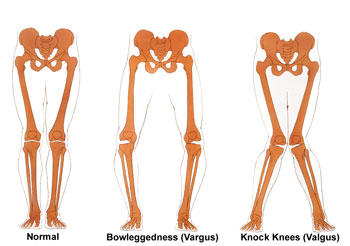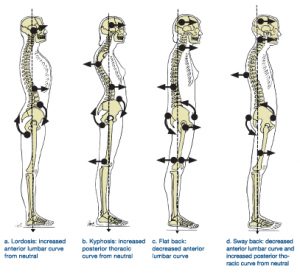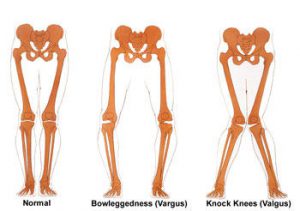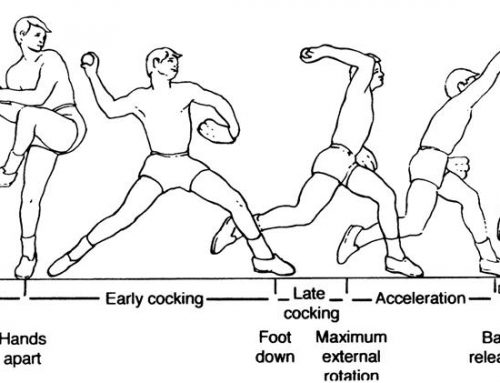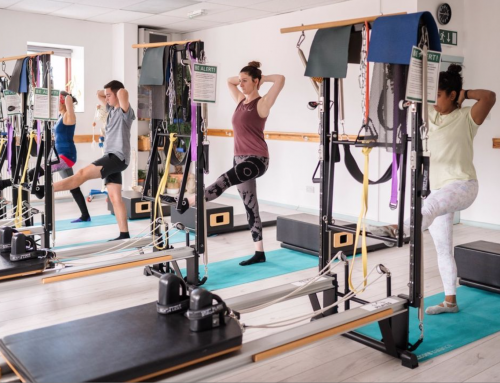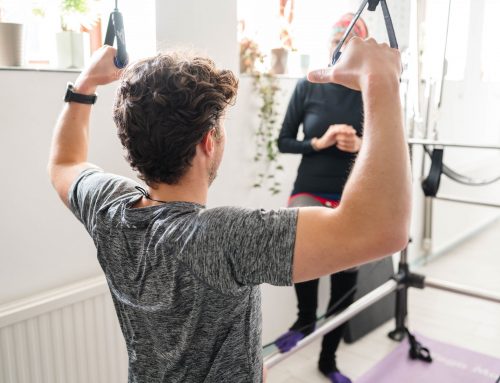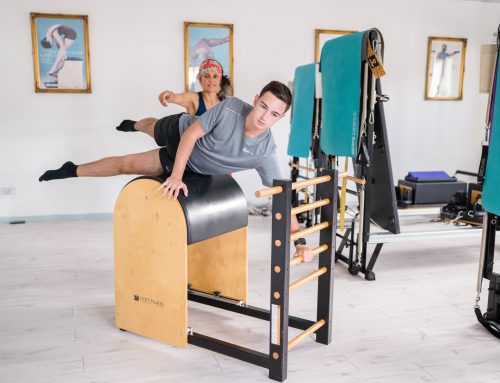The Oxford dictionary tells us that Alignment is “Arrangement in a straight line or in correct relative positions”, but is this technically possible in our body, never mind our lower extremity. We know from looking at the axis and levers at school that we require equal balance, a bit like a see saw effect. When we don’t have equal balance another area will compensate .
The body works as a full kinetic chain and we should never treat the injury but treat the cause, so look above and below in the body to see whats happening. Do you ever wonder if your alignment in a yoga pose is correct? The word ‘alignment’ is thrown around a lot by yoga teachers, often without really explaining. We get wrapped up in looking for perfection in postures, but is this the goal of asana? I agree with Leslie kaminoff, “Never” and “always” decontextualize any statement that follows. “There are times when certain alignment cues apply for certain bodies in certain poses and other times when they don’t. There is no universally correct alignment—there is only correct alignment for an individual in a specific asana”. Look at the plumb line on the picture below, particularly on the lower body, notice how it will effect everything from our eyesight, teeth and to our gait pattern.
So onto our knees, four abilities of the knees are:
- Good muscular strength
- Adequate flexibility
- Working proprioception
- Endurance to perform repetitive moves
- Knee problems tend to cause isolated muscle wasting and weakness in quad group
One study took patients with chronic (long term )knee swelling, removed the excess fluid using the needle, and measured an immediate increase in quad strength (fahrer 1988). Another study demonstated that even if you have as little as 20 mm of fluid in your knee (which is over a tablespoon) its enough to decrease the strength of your quad muscle (spencer 1984). Look at the structure below, imagine how this will effect your standing and one leg balance poses? Are you really going to achieve perfect alignment?
Kneeling brings the centre of gravity closer to the ground and can make certain activities such as gardening less stressful to the spine. This position of kneeling is associated with “lowering oneself” in the sense of meekness so worship. This probably evolved from the fact that when kneeling, a person is defenceless and unable to flee. Even the proud upright stance of kings and pharaohs is tempered by their frequent depiction to this humble position. In Yoga kneeling poses are often used to open the hips and knee joints. When the weight is taken off the feet and legs, the pelvic muscle attachments can be stretched because they no longer stabilise the body when the weight is high off the ground. Although the camel is kneeling position, lack of mobility in the hip flexors, chest and shoulders can thus load the lower back and shift the pressure unevenly on the knees and throughout the full body.
How much motion should a knee have anyway?
- American academy of orthopaedic surgeons (1965) 135 degrees
- Clark (1920) 145 degrees
- Kapandji (1970) 160 degrees
- Journal of the American medical association (1958) 120 degrees
- Daniels and worthingham (1972) 130 degrees
- Kendal and McCreary (1983 ) 140 degrees
If your muscles are tight, and if they have sustained no direct injury, surgery or trauma , and if they have not been stuck in one position for an extended period of time ( such as a cast for two months). The research shows that a thirty second stretch done once a day, five days a week, is sufficient to cause a muscle to lengthen over a period of weeks. Stretch focus in your classes should be the hamstrings and quads.
“It is through the alignment of the body that I discovered the alignment of my mind, self, and intelligence.”
― B.K.S. Iyengar, Light on Life

